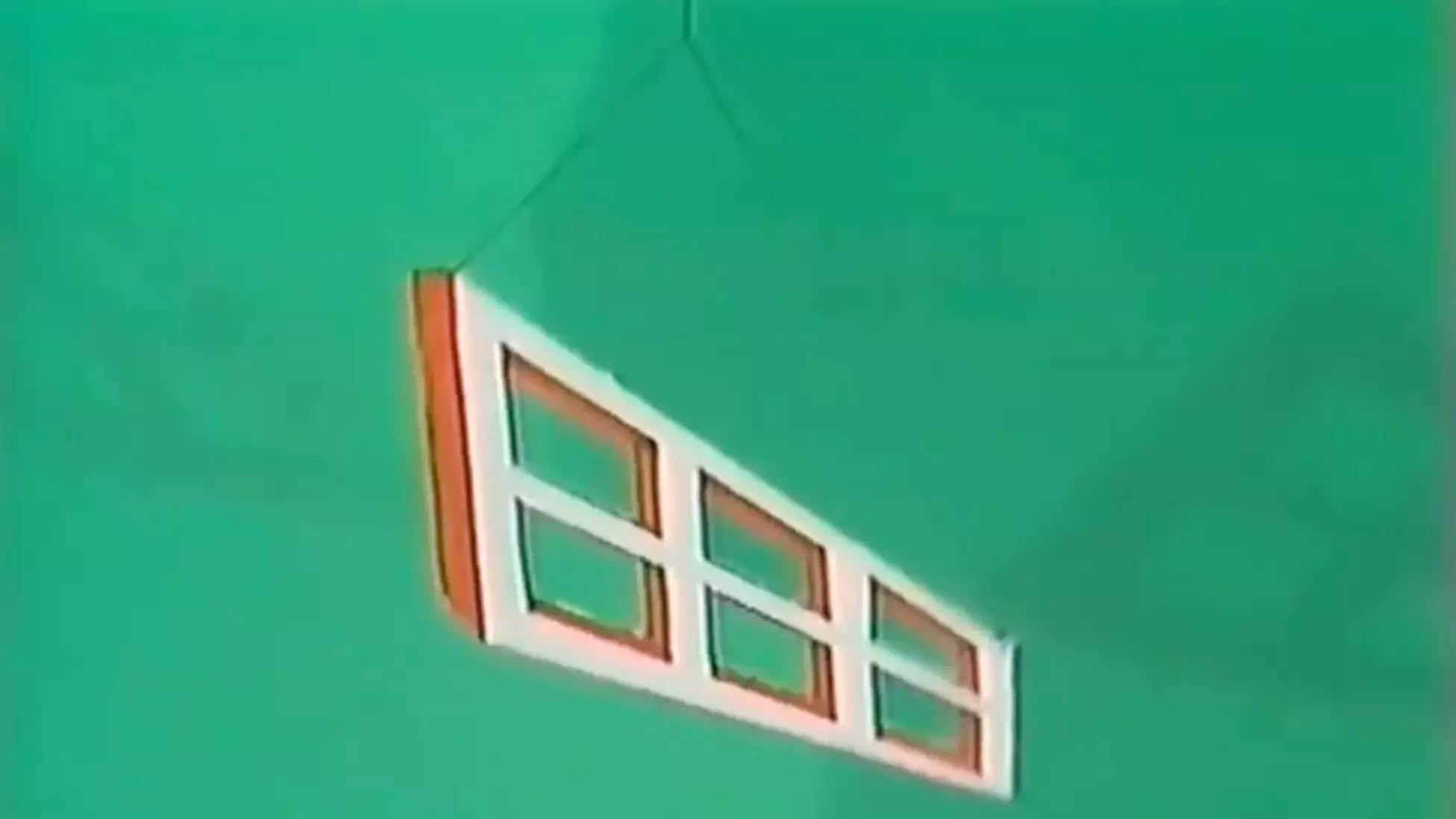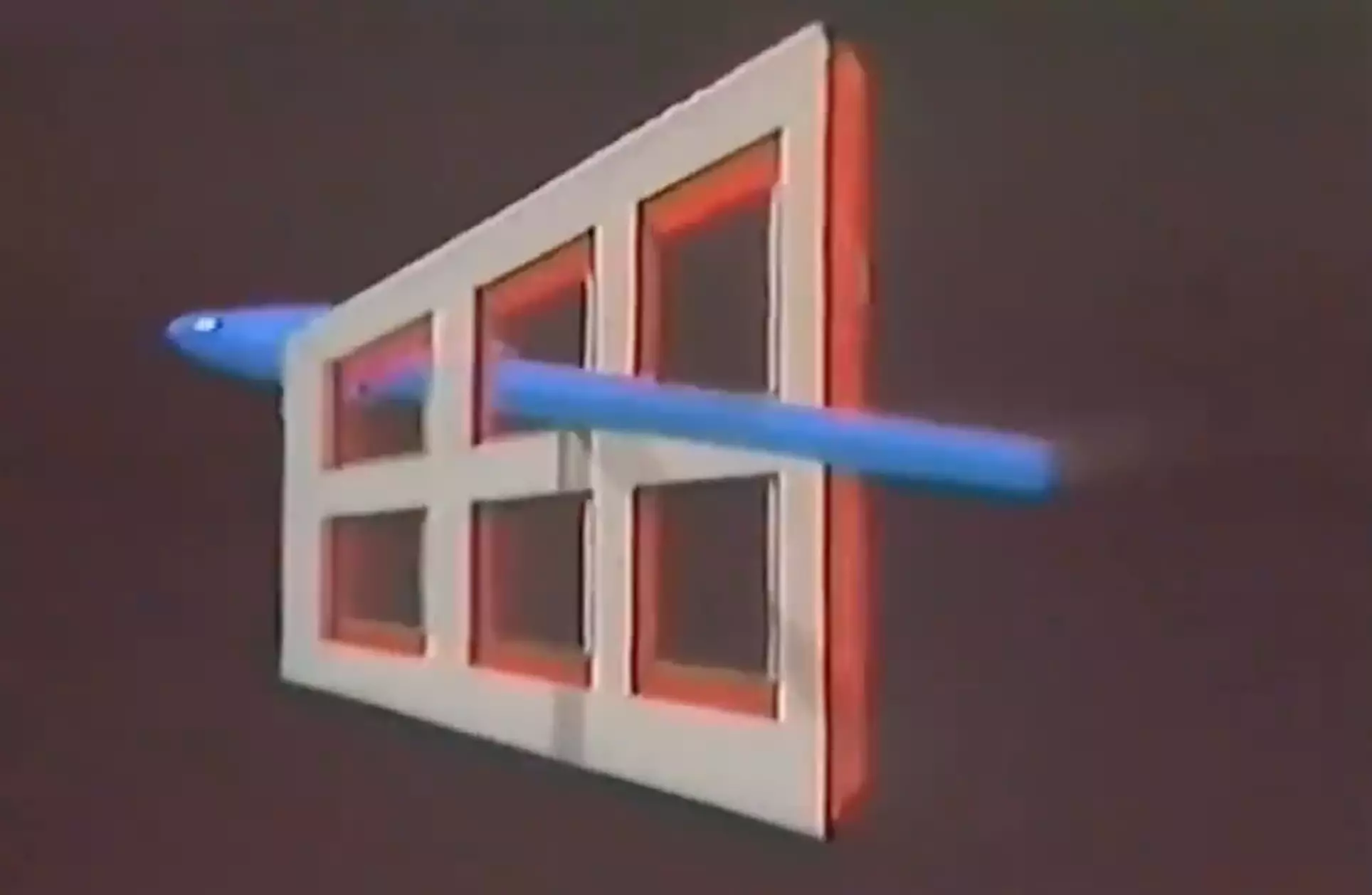
An optical illusion that works by forcing your brain to malfunction is baffling social media users. Can you see it? Watch the clip below:
Known as the Ames Window, it's named after scientist Adelbert Ames Jr, who discovered it in 1947.
Advert
But in a recently re-emerged clip from Australian TV programme The Curiosity Show, Dr Deane Hutton demonstrates how it works.
In the clip, we initially see the window itself - which is actually a trapezoid. When it rotates, although its movement remains consistent, it appears to slow down before swinging back the other way.
Hutton explains that this happens because our brains are so used to processing perspective that the longer end looks like it's closer.
When he tries to make it stop working, it gets even stranger. Sticking a ballpoint pen into one of the 'window panes', it appears that the frame and the pen actually move through each other.
Advert
It's enough to make your head hurt, isn't it?
Social media users were all left confused by the trick.
One said simply: "Brain fart at its finest."
A second person said: "Urgh once he puts the pen in, my head, my brain, halp," with another commenting: "I shouldn't have watched this at 6am. That's too early to break my brain."
Advert
Another explained further, saying: "It is to due to neural pattern matching. We are accustomed to seeing something doing an oscillating back-and-forth motion so we expect to see it when the interval and shape matches a certain pattern.
"A sort of visual confabulation. Some computer GRFX processing is like this."

But not only is it a cool optical illusion, it's also been used for medical research.
Advert
Some scientists say there's actually a possibility that it could help to diagnose patients with schizophrenia.
A 2013 study shows that researchers think there could be a link between the way people with schizophrenia perceive depth, saying they 'tend to rely less on experience and stored knowledge'.
It reads: "Because the trapezoid is perceived as a slanted rectangle, viewers perceive the Ames window illusion, which is a type of DII [depth-inversion illusion]: the window appears to oscillate back and forth even though it rotates continuously in the same direction.
"The most plausible explanation is that viewers perceive the inverse depth when the short base is closer than the large base, because of prior experience in viewing slanted rectangles."
Advert
The study adds there was a link between the two, adding: "The two measures produced results that had a high degree of correlation, thus confirming the validity of the methods."
Topics: Optical Illusion, Weird